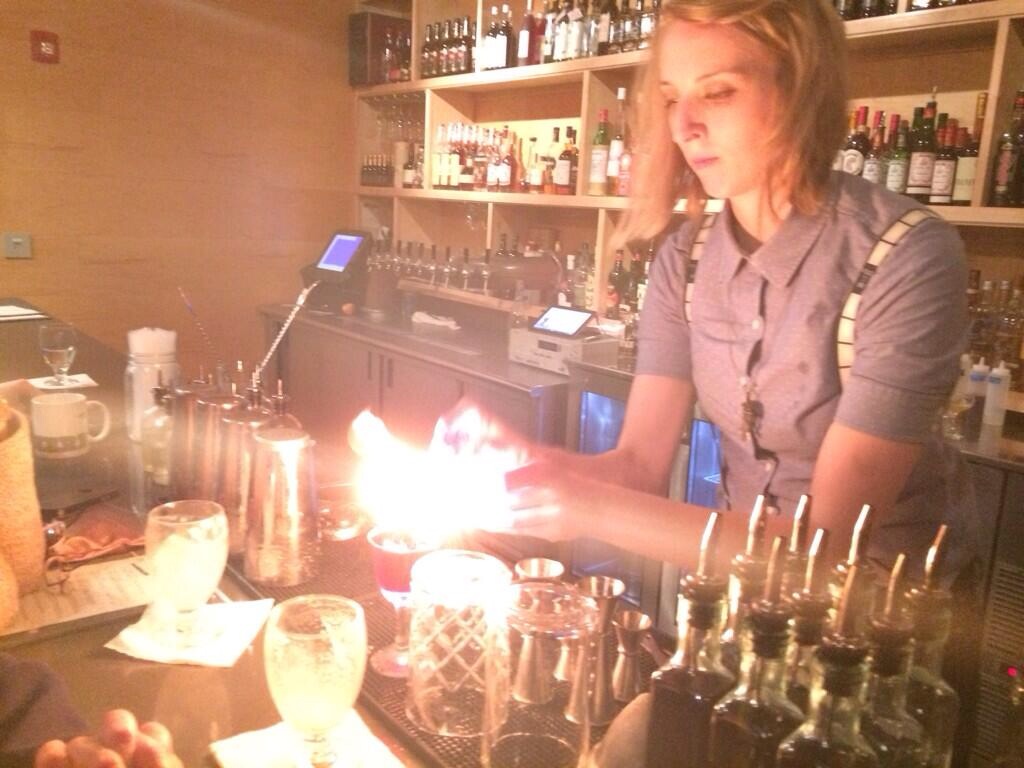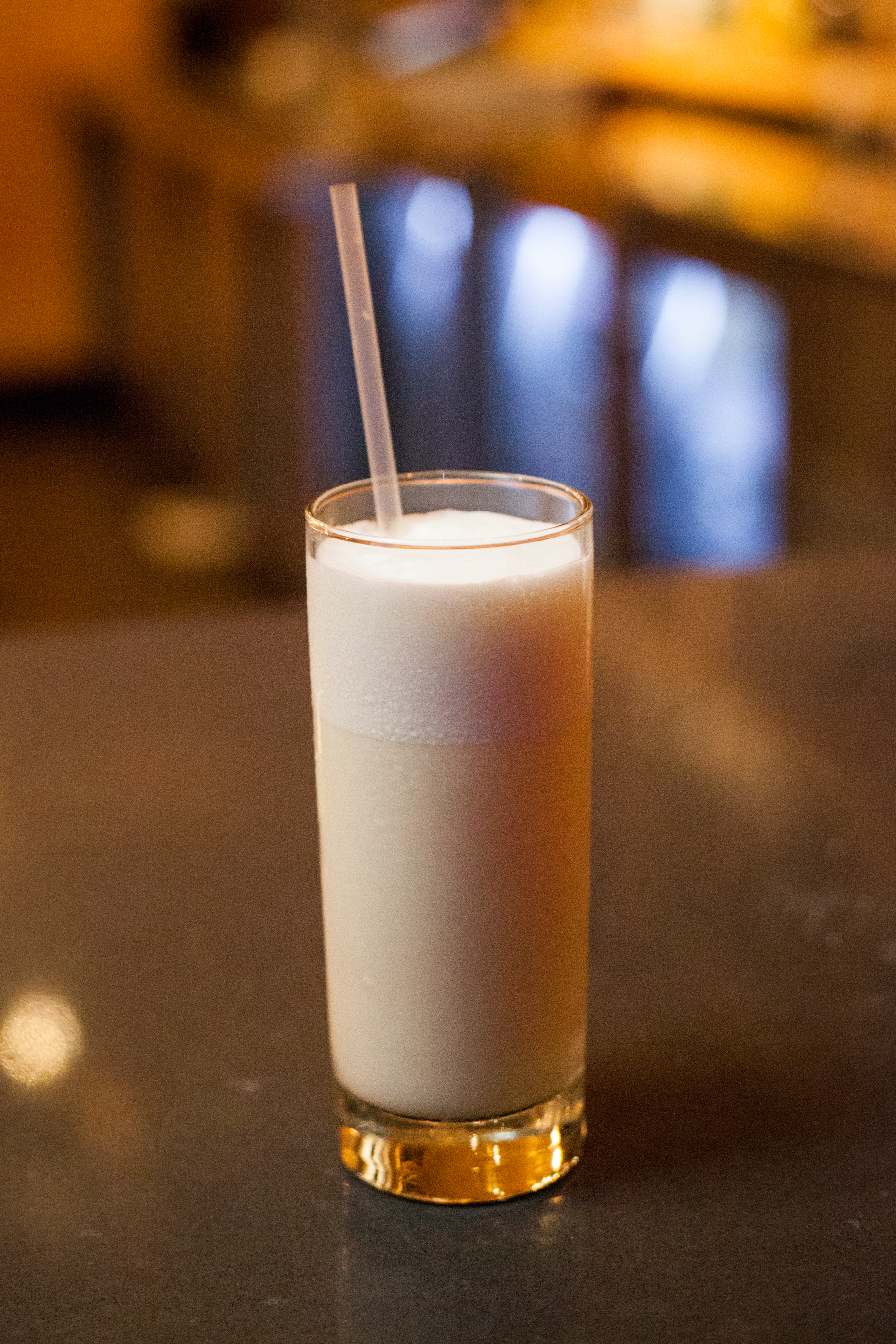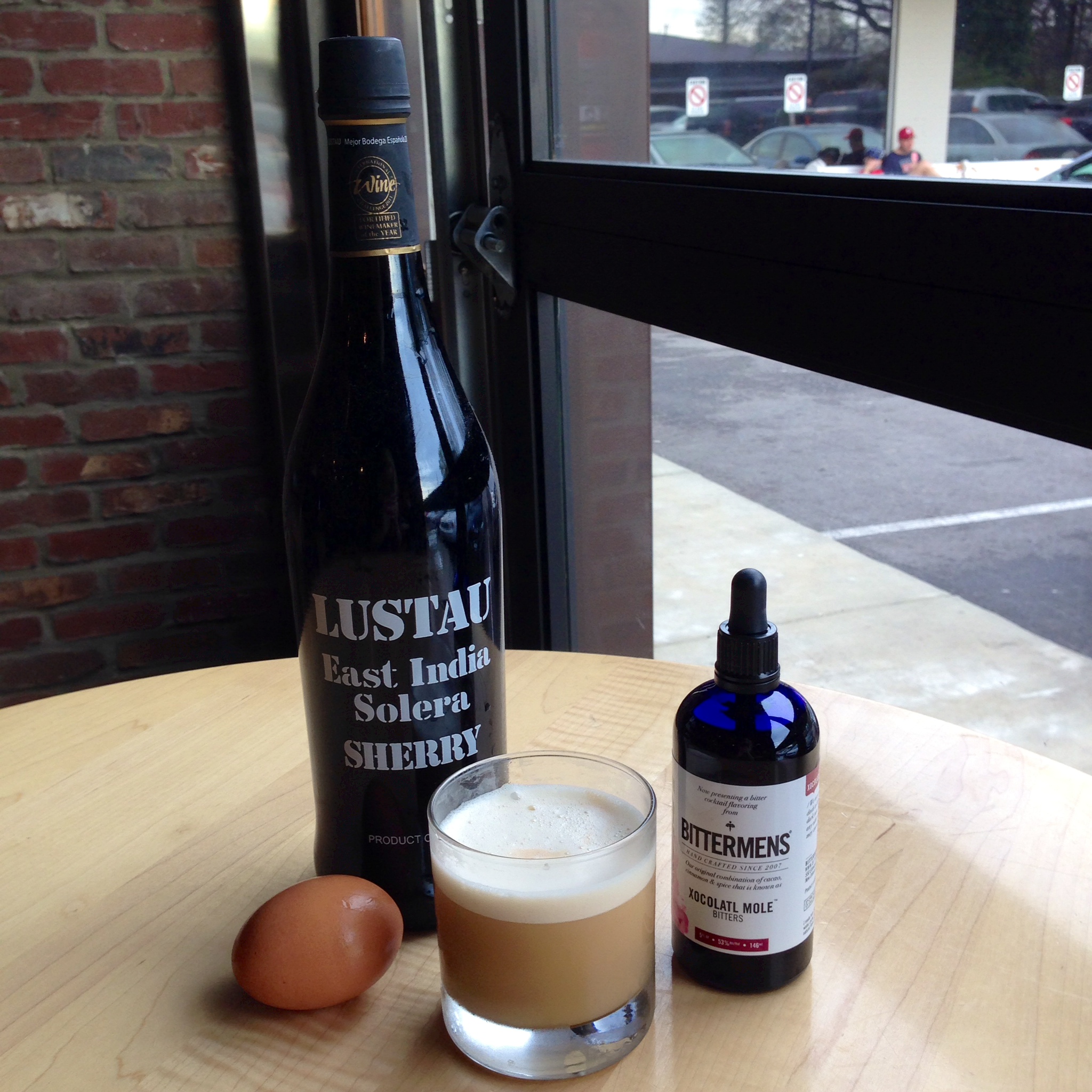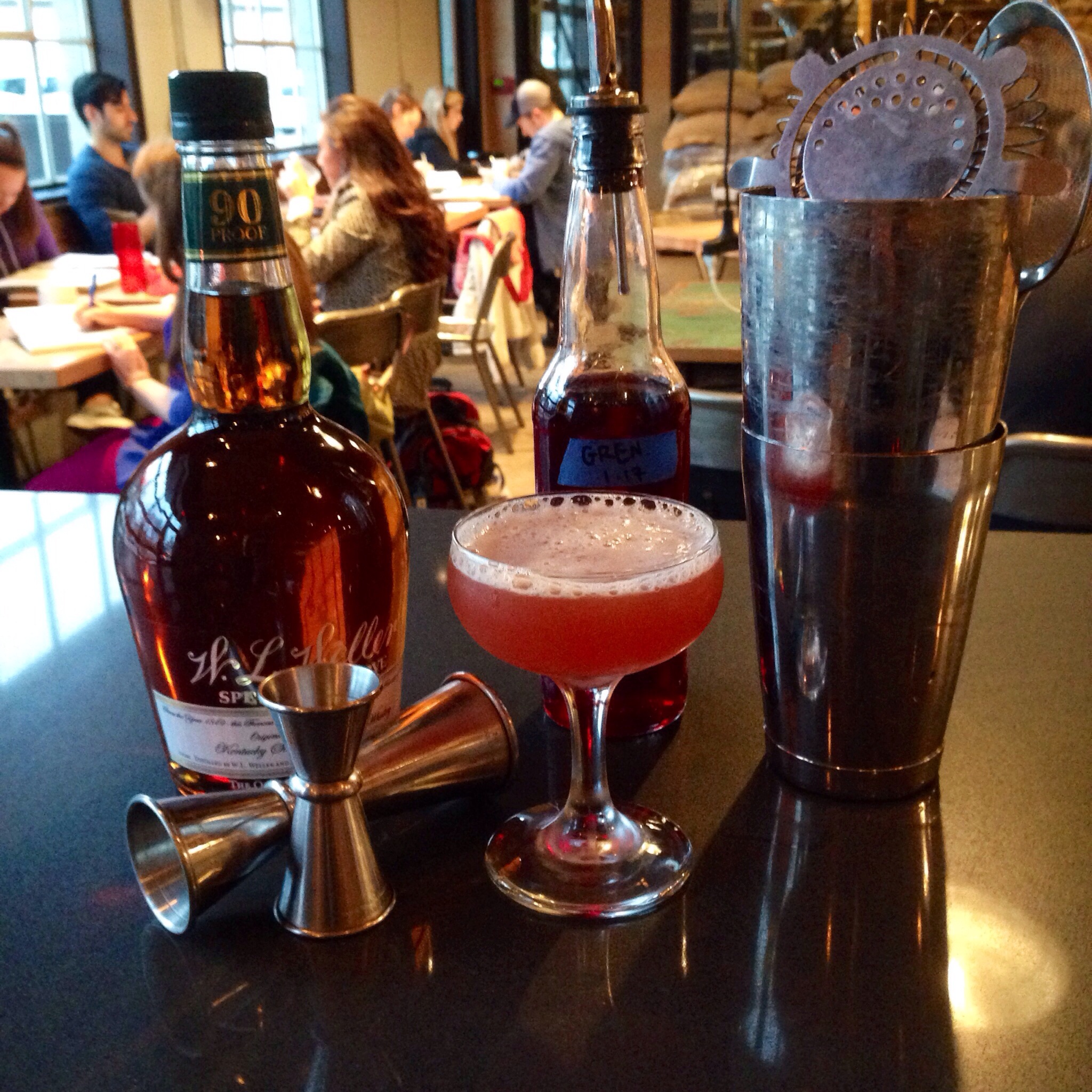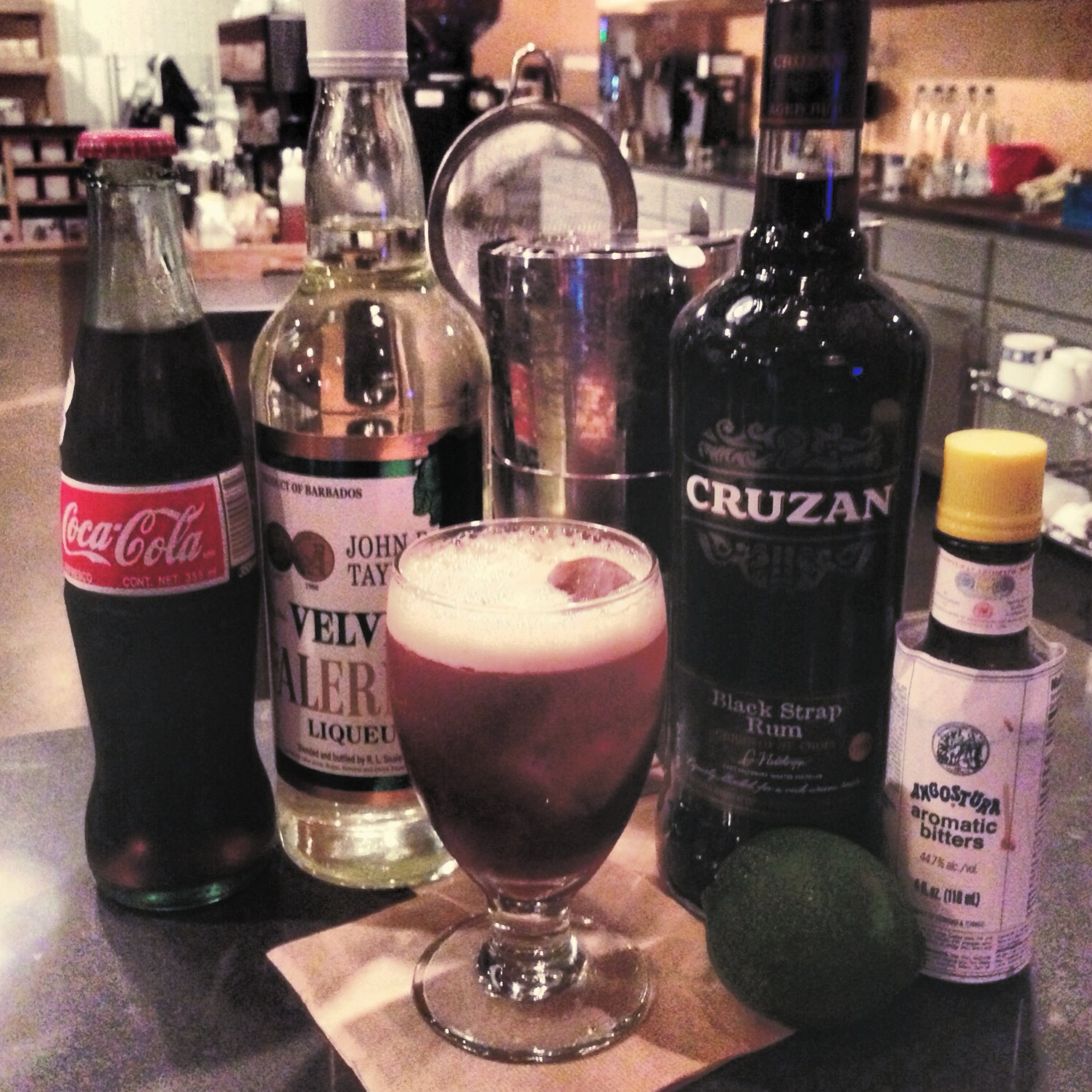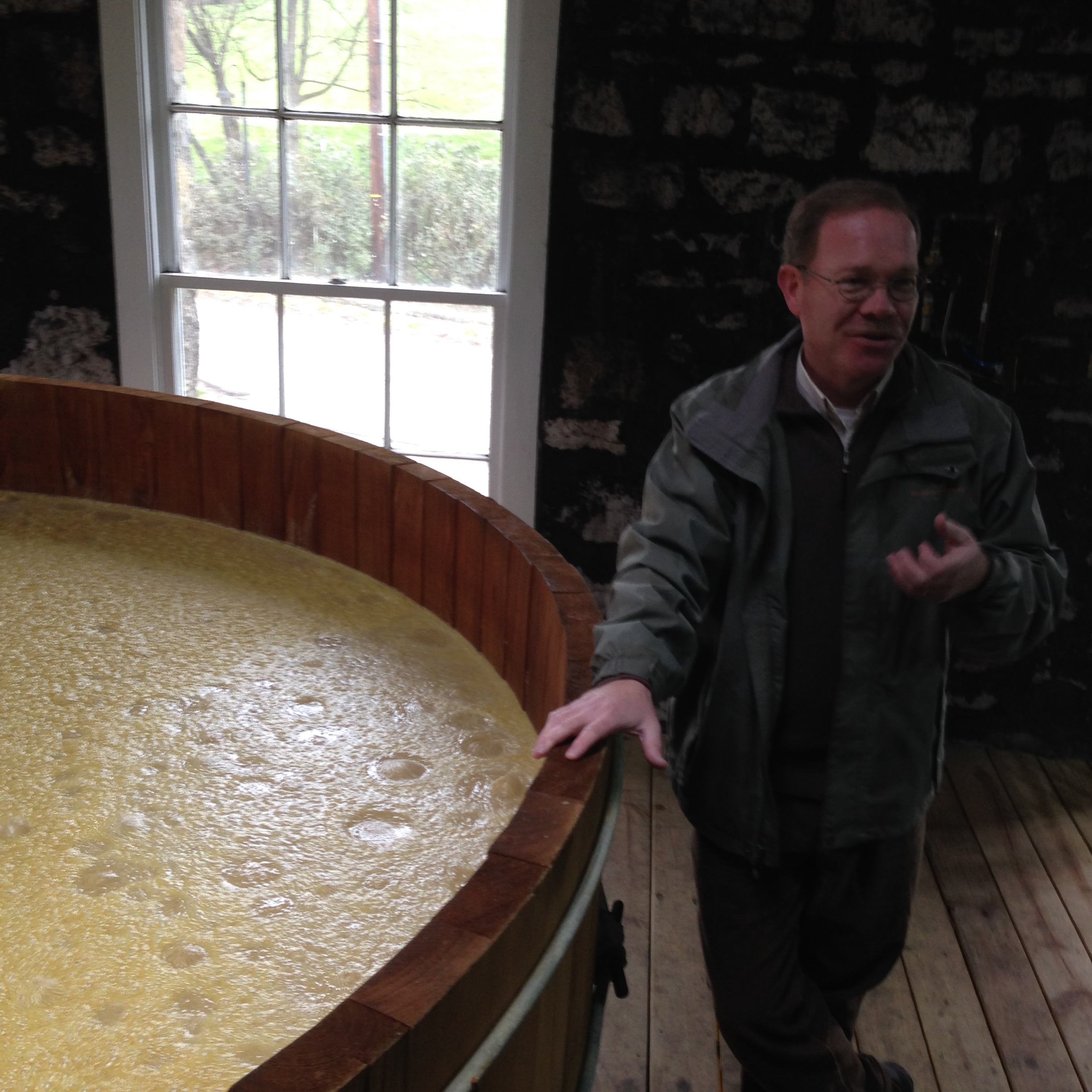 Day three included visits to Woodford Reserve and Wild Turkey. Out of all the distilleries we visited, these were the two that were least familiar to me. My introduction to American whiskey was through Jack and Cokes or whiskey and ginger ale highballs. Woodford wasn't as well known within my college circles, and if we were going to buy whiskey, it would probably be Beam or Jack.
Day three included visits to Woodford Reserve and Wild Turkey. Out of all the distilleries we visited, these were the two that were least familiar to me. My introduction to American whiskey was through Jack and Cokes or whiskey and ginger ale highballs. Woodford wasn't as well known within my college circles, and if we were going to buy whiskey, it would probably be Beam or Jack.
One of the coolest parts of each tour was their master distiller. At Woodford, Chris Morris showed us around and answered my (many) questions about booze, history, classifications, and boozy science. Outside of the nerdery, the campus was gorgeous. Theirs is the oldest working bourbon distillery in the country. It's beautiful, and holds the distinction of being a National Historic Landmark.
The coolest part of visiting Wild Turkey was getting to hear from Jimmy Russell. He's been making whiskey there for 60 years (!!!) and knows or knew every important player in the bourbon game. In fact, he's been making bourbon for ten years longer than bourbon was legally required to be made within the U.S.
He's also friendly. When he found out I was from Alabama, he said, "Well, War Eagles!" We were able to get him into storytelling mode, and he told anecdotes about his friends, bourbon and changes in legislation. He's a living part of bourbon history, and I want to collect his stories.
The third day was also where the journalists started hanging out and talking less cautiously. After dinner, we came back and spent time sipping Seelbach Cocktails in the Seelbach Hotel bar. Unfortunately, we weren't able to tour the Rathskeller speakeasy area due to time constraints.
I also realized on this day (Wednesday) that I wanted to come back. The science and history and picky details of whiskey production are amazingly interesting, and I want to learn as much as I can about them. There's only so much you can glean from online sources, and I want more. I'll for sure be back.


